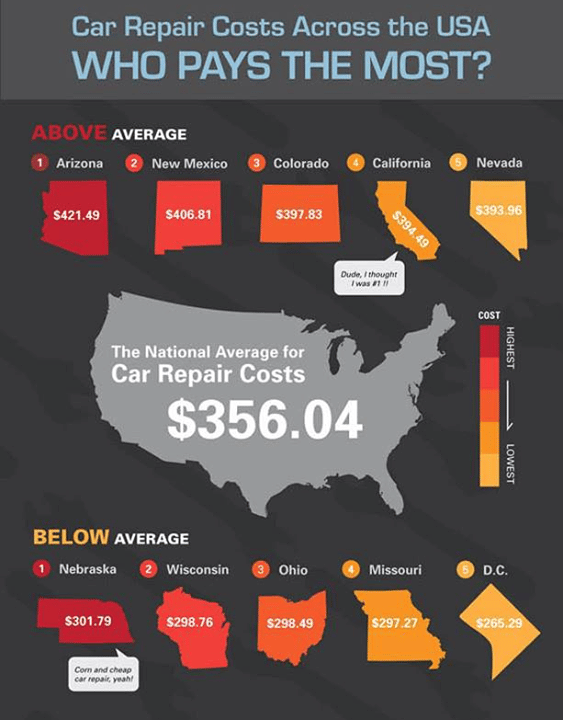Decoding Your Vehicle'S Caution Indicators: What They Genuinely Represent
Decoding Your Vehicle'S Caution Indicators: What They Genuinely Represent
Blog Article
Web Content By-Hartley Gilbert
When you lag the wheel, those radiant caution lights on your control panel can be a bit puzzling. Do you understand what they're trying to tell you about your vehicle's wellness? Recognizing the relevance of these lights is crucial for your safety and the longevity of your lorry. So, the next time one of those lights appears, would not you intend to decipher its message accurately and take the essential actions to resolve it?
Common Warning Lights and Interpretations
Identify typical warning lights in your car and recognize their definitions to make sure risk-free driving.
The most regular warning lights include the check engine light, which signifies concerns with the engine or exhausts system. If this light begins, it's vital to have your lorry checked without delay.
The oil pressure advising light suggests low oil pressure, needing instant focus to prevent engine damage.
A blinking battery light could suggest a defective charging system, possibly leaving you stranded otherwise dealt with.
visit the following internet page monitoring system (TPMS) light alerts you to reduced tire stress, affecting vehicle stability and fuel efficiency. Neglecting this could lead to hazardous driving conditions.
The abdominal light indicates a problem with the anti-lock stopping system, jeopardizing your ability to stop promptly in emergency situations.
Last but not least, the coolant temperature alerting light warns of engine getting too hot, which can cause serious damages if not resolved swiftly.
Understanding these typical warning lights will certainly assist you attend to concerns without delay and preserve secure driving problems.
Significance of Prompt Interest
Comprehending the common caution lights in your auto is only the first step; the importance of promptly addressing these cautions can't be emphasized enough to ensure your safety and security on the road.
When a warning light brightens on your dashboard, it's your cars and truck's way of connecting a possible problem that requires focus. Neglecting these cautions can lead to a lot more extreme troubles later on, jeopardizing your safety and possibly costing you more in repairs.
Motivate interest to alerting lights can avoid break downs and accidents. As https://brakeservicenearme62849.getblogs.net/64684344/the-comfort-of-mobile-vehicle-outlining-transforms-your-lorry-s-look-but-is-it-as-efficient-as-traditional-approaches-discover-the-fact-behind-this-solution , a flashing check engine light might indicate a misfire that, if left unattended, could create damages to the catalytic converter. Resolving this quickly can save you from an expensive repair service.
Similarly, a brake system advising light could indicate low brake liquid or worn brake pads, important components for your safety and security when driving.
Do It Yourself Troubleshooting Tips
If you notice a warning light on your control panel, there are a couple of DIY fixing tips you can try before looking for specialist aid.
The first step is to consult your vehicle's handbook to understand what the certain warning light suggests. Occasionally the concern can be as easy as a loose gas cap setting off the check engine light. Tightening the gas cap may solve the problem.
Another common problem is a low battery, which can trigger numerous warning lights. Inspecting the battery links for deterioration and ensuring they're secure could deal with the problem.
If a warning light persists, you can attempt resetting it by separating the cars and truck's battery for a few minutes and then reconnecting it. In addition, checking your vehicle's fluid degrees, such as oil, coolant, and brake liquid, can assist fix warning lights connected to these systems.
Verdict
To conclude, understanding your car's caution lights is vital for keeping your vehicle running efficiently and safely. By quickly dealing with these alerts and understanding what they mean, you can stay clear of expensive fixings and prospective malfunctions.
Remember to consult your car's manual for specific details on each warning light and take action appropriately to guarantee a trouble-free driving experience.
Remain educated, stay risk-free when traveling!
